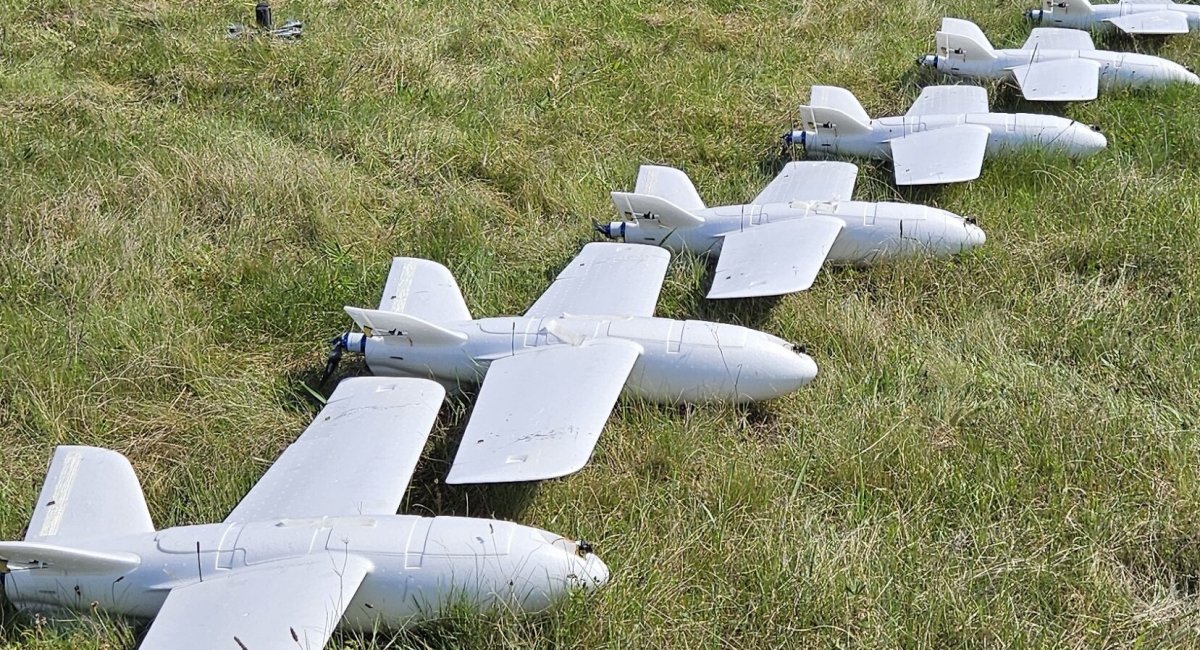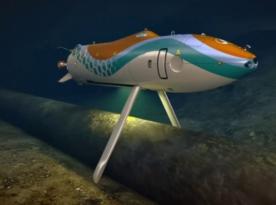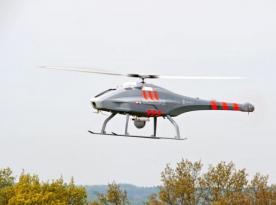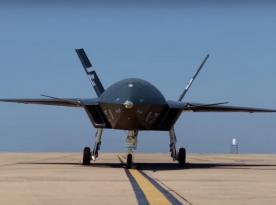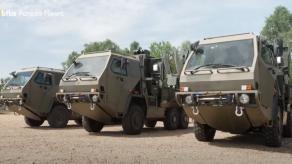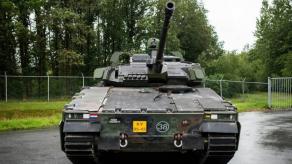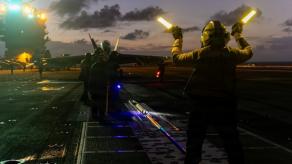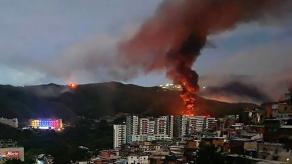Vinnytski Bdzholy has announced the successful completion of interdepartmental testing for its VB140 Flamingo FPV interceptor drone, designed specifically to intercept russian reconnaissance drones. In an interview with dev.ua, the company’s director, Andrii Oleksiuk, shared details about the wing type UAV, which has been created to detect, pursue, and neutralize enemy drones, particularly russian Orlan drones used for fire adjustment.
The VB140 Flamingo drone has impressive capabilities, operating at altitudes up to 4.5 kilometers and covering distances up to 50 kilometers. Equipped with high-precision sensors and adaptable settings, it can operate effectively both day and night. Its high autonomy level ensures reliability in tracking and intercepting aerial targets, making it a crucial addition to the Armed Forces of Ukraine.
Read more: Ukraine Tests the BULLET Jet-Powered Anti-Air Interceptor Drone
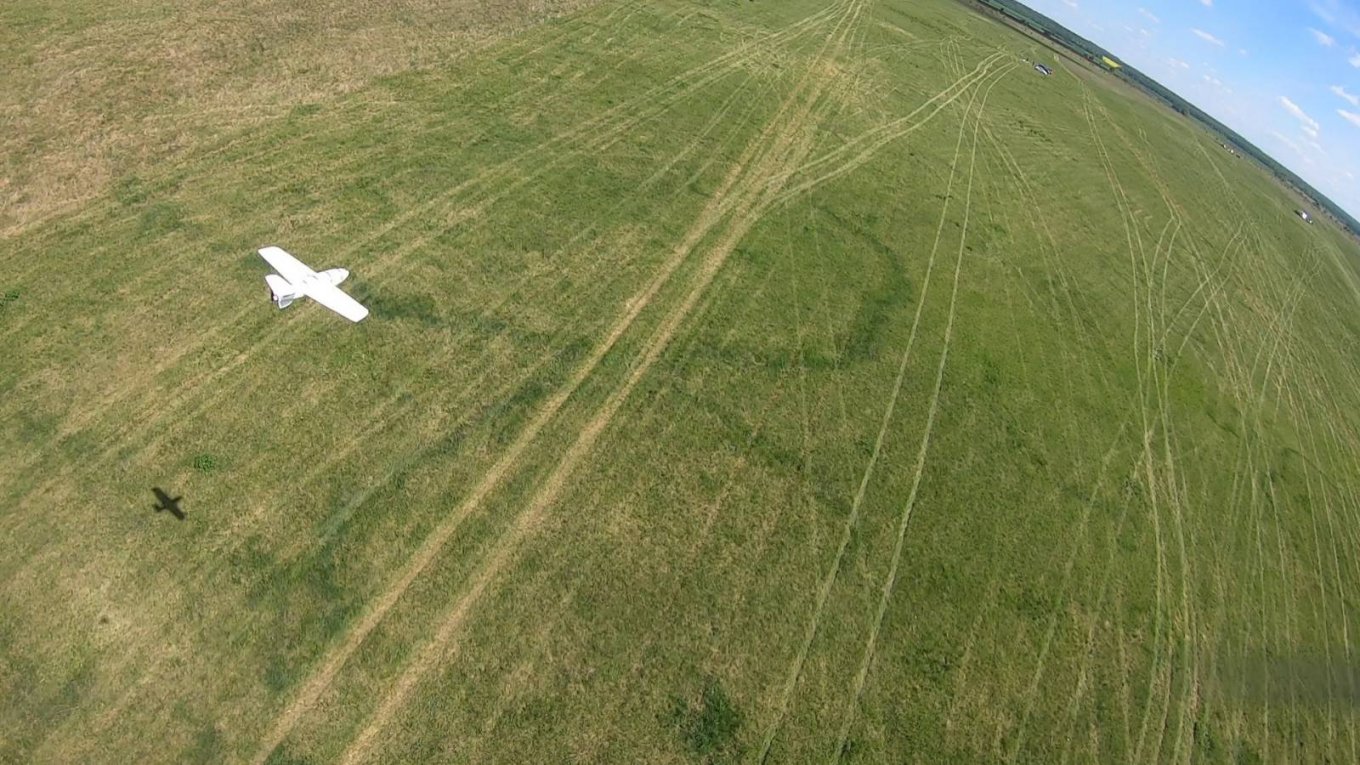
With large-scale deployment now on the horizon, the VB140 Flamingo drone stands as a testament to Ukraine’s ongoing technological advancements in defense. As the developers noted, this UAV could play a pivotal role in diminishing the effectiveness of enemy reconnaissance, contributing to the protection of both Ukrainian soldiers and civilians.
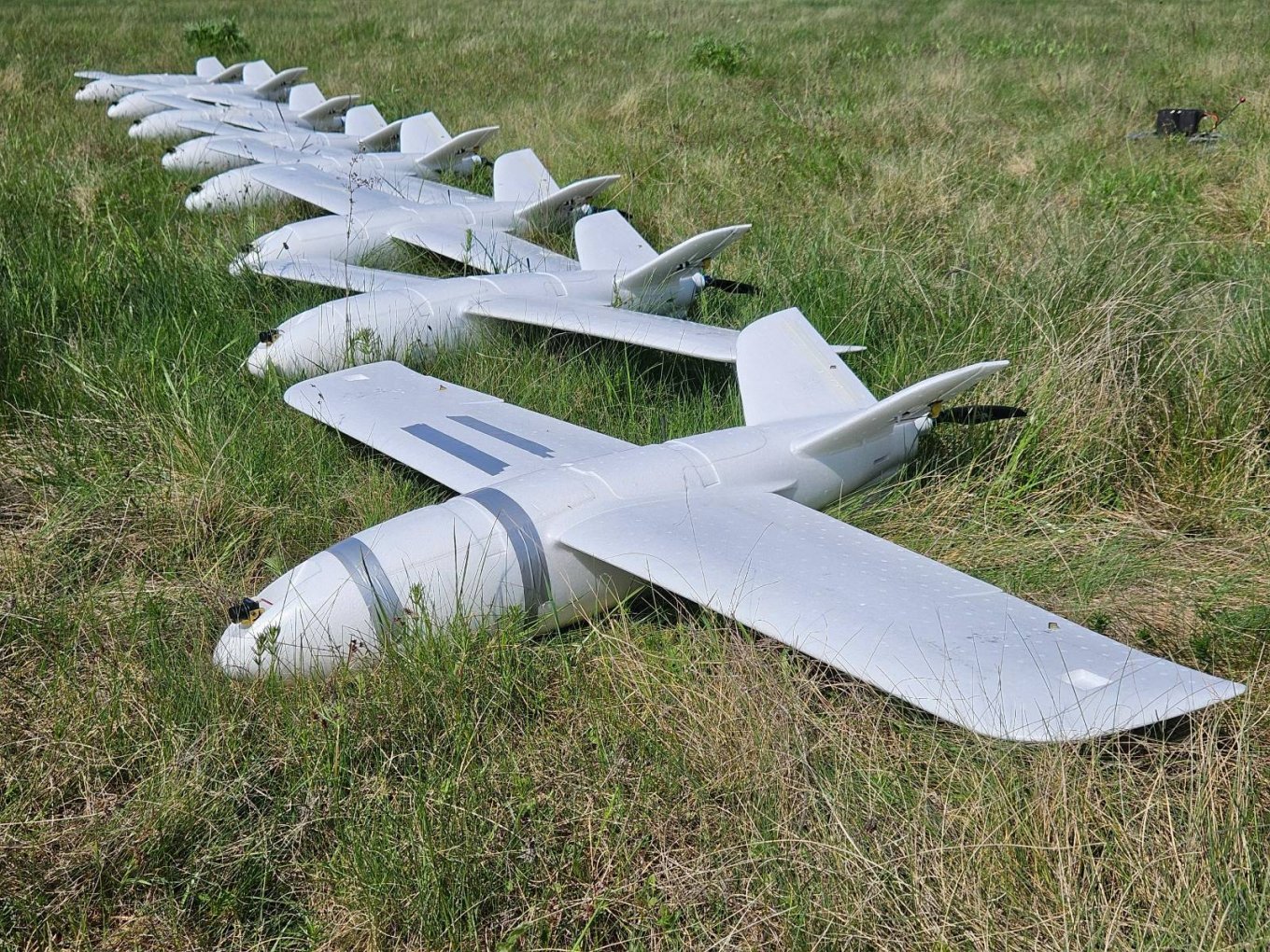
Read more: Creating a Drone Interceptor Against russian Orlan-10, ZALA, SuperCam: Challenges and Prospects




